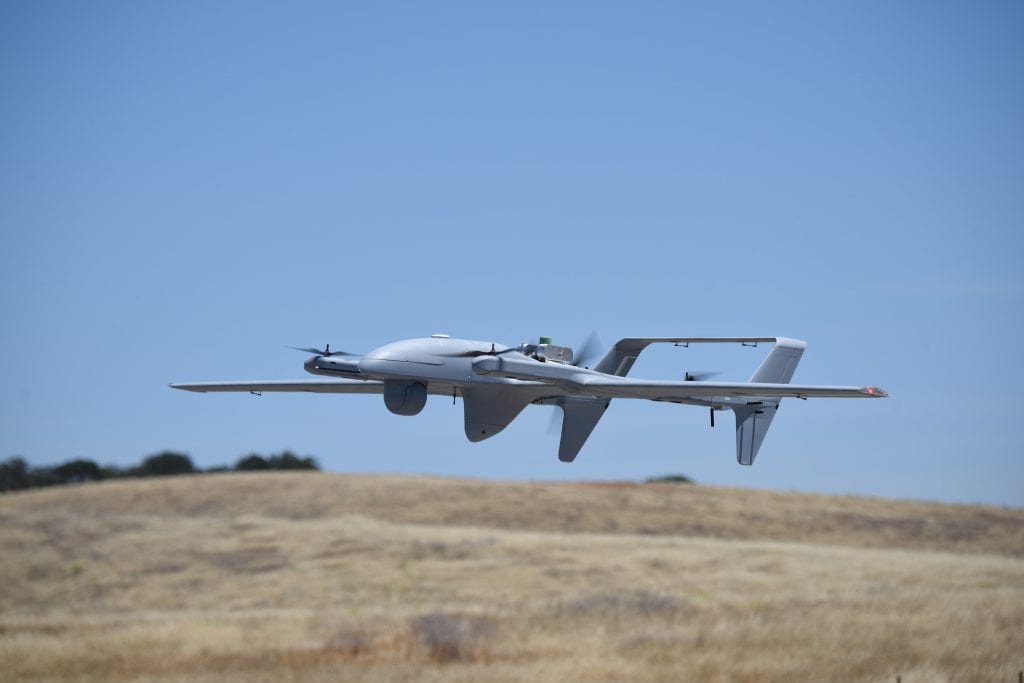NOAA Awards L3 Latitude Contract
On September 12, 2019 the NOAA awarded L3 Latitude a support contract to continue development of the L3 Latitude FVR-55 hybrid Vertical Take Off and Landing (VTOL) UAS, integrate NOAA scientific payloads, and support UAS flight operations from the NOAA Ship Ronald H. Brown for the NOAA UAS Program. The Pacific Marine Environmental Laboratory is developing UAS payloads to make aerosol and meteorological measurements. The Physical Science Division is developing a sensor to measure atmospheric parameters such as heat flux.
The L3 Latitude FVR-55 UAS has been developed through a NOAA Small Business Innovative Research (SBIR) grant. This hybrid UAS has unique capabilities which allow for autonomous launch and recovery from the deck of a ship without the need for a runway or catapult. After vertical takeoff, the UAS transitions to fixed wing flight with an endurance of up to 10 hours, a ceiling of 12,000ft and the ability to carry up to a 15 lb payload. The payload nose cone can be used to house different instrumentation dependent upon the mission.
The UAS will be operated from the NOAA Ship Ronald H. Brown and during the Atlantic Tradewind Ocean–Atmosphere Mesoscale Interaction Campaign (ATOMIC), which is a field study to investigate atmospheric shallow convection and air-sea interaction in the tropical North Atlantic east of Barbados in 2020.
NOAA Awards L3 Latitude Contract Read More >
